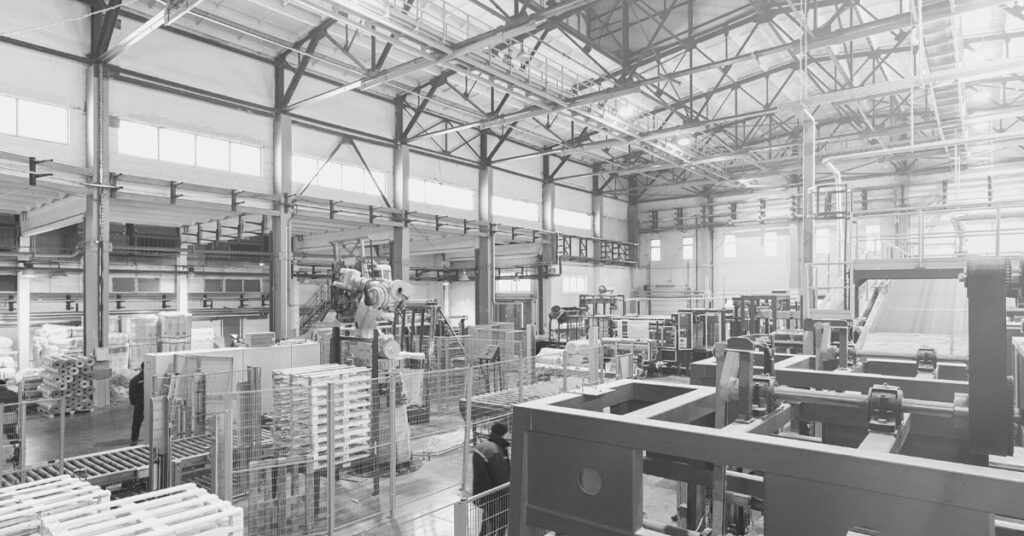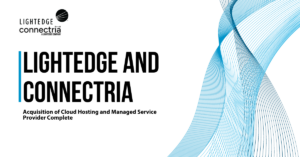Enabling Smart Factories – The Challenges of Going Digital in Manufacturing
The rise of technology has had a profound impact on the manufacturing industry. This is clearly evidenced through the rapid rise of so-called smart factories, which combine physical and digital systems to optimize production processes. Using advanced technologies, such as cloud computing, the Internet of Things (loT), artificial intelligence and machine learning, today’s smart factories are realizing faster processing times, greater productivity, improved efficiencies and cost savings.
Statistics show that manufacturers are increasingly integrating digitalization into their operations. According to a survey by Gartner, 74% of manufacturers have such initiatives or strategies under way. Another study, by market intelligence firm Fortune Business Insights, predicts that the global smart manufacturing market size will grow from $277 billion in 2022 to $658 billion by 2029.
While the benefits of smart factories are clear, the transition to digital comes with challenges that can sometimes doom a project’s chances of success.
Why Do Digital Initiatives in Manufacturing Often Fail?
Consider this startling prediction from Gartner: By 2025, three out of five smart factory initiatives will fail due to a lack of supply chain integration, resulting in significant cost constraints and customer service issues.
The analyst firm goes on to list the three most substantial challenges affecting smart factory success: access to skills, cybersecurity, and competition for resources. Gartner also calls out organizational complexity, legacy process reengineering and integration as potential obstacles.
Let’s explore some of these in more detail.
Cybersecurity
It’s no secret that cyberattacks are a major concern for manufacturers since they can shut down production processes and lead to significant financial losses. In fact, the impact to a company’s bottom line can be devastating – to the tune of up to $50,000 per minute, according to Manufacturing.net. Manufacturers also face the specter of data breaches, particularly when it comes to the storage and transmission of sensitive data such as intellectual property and customer information. Such attacks can significantly damage customer relationships, which may arguably pose a more serious threat to
an organization’s longevity than the initial impact to the bottom line.
Supply Chain Resilience Planning
As the COVID-19 pandemic taught the world, supply chain disruptions can have significant repercussions, leading to financial losses, product shortages and damage to company reputations. In the 2021 Supply Resilience Report, over 16% of organizations reported severe revenue loss, 10% cited brand reputation impacts and another 10% lost regular customers due to pandemic disruption. Supply chain resilience refers to an organization being prepared to use its resources to minimize operational effects and avoid reduced production and missed delivery deadlines in the event of a supply chain disruption. Despite its importance, over 70% of organizations don’t have a contingency plan to deal with disruptions lasting more than a few weeks, according to Accenture.
The Need for Interoperability
Another challenge that manufacturers face is the need for interoperability. Smart factories involve a complex network of machines, systems and software. Ensuring that these different components can work together seamlessly is critical to the initiative’s success. Such capabilities often require the expertise of highly skilled IT professionals who understand the need for common communication protocols to enable different technologies and systems to “talk” to each other. Particularly important is the ability for systems to work together effectively, regardless of being from different manufacturers.
Lack of Proper Planning and Preparation
The implementation of smart factories requires a significant amount of planning and preparation. This involves everything from the development of a clear strategy to the selection of the right technology partners. It’s important that manufacturers have a clear understanding of what they hope to achieve with their digital transformation and that they have the necessary resources in place to make it happen.
A clear and well-defined project plan – along with excellent project management as the plan moves forward – is crucial to the success of digital transformation. Not only is this true for smart factory initiatives, but it’s true for digitalization projects in general. Lack of planning has sidetracked the best laid plans for digital transformation in a wide variety of industries. This may at least partially explain why 70% of digital transformations fall short of their objectives, according to BCG research.
A Path to Success – Gain an Experienced Partner with LightEdge
While such challenges may sound daunting, organizations can overcome potential obstacles with the right approach. Smart factory transformation isn’t easy. To succeed, companies need experienced partners – like LightEdge – with services custom-made to fit their business model.
LightEdge hasn’t come to these capabilities by accident. It’s knowledge earned through experience. LightEdge has been the leader in compliant cloud and colocation for more than 25 years and has significant expertise in helping manufacturers succeed.
By partnering with world-renowned manufacturing companies on digital transformation, we’ve learned about the main obstacles facing the manufacturing industry and we know how to solve them. Through these efforts, LightEdge has become a critical resource for our manufacturing customers, such as Kemin Industries, helping them with issues ranging from cybersecurity protection to digital interoperability to preparation of comprehensive business operations contingency plans.
If you would like to learn more about how LightEdge can help your manufacturing organization advance in its digital journey, please download our “Smart Factories” whitepaper or contact us here.




